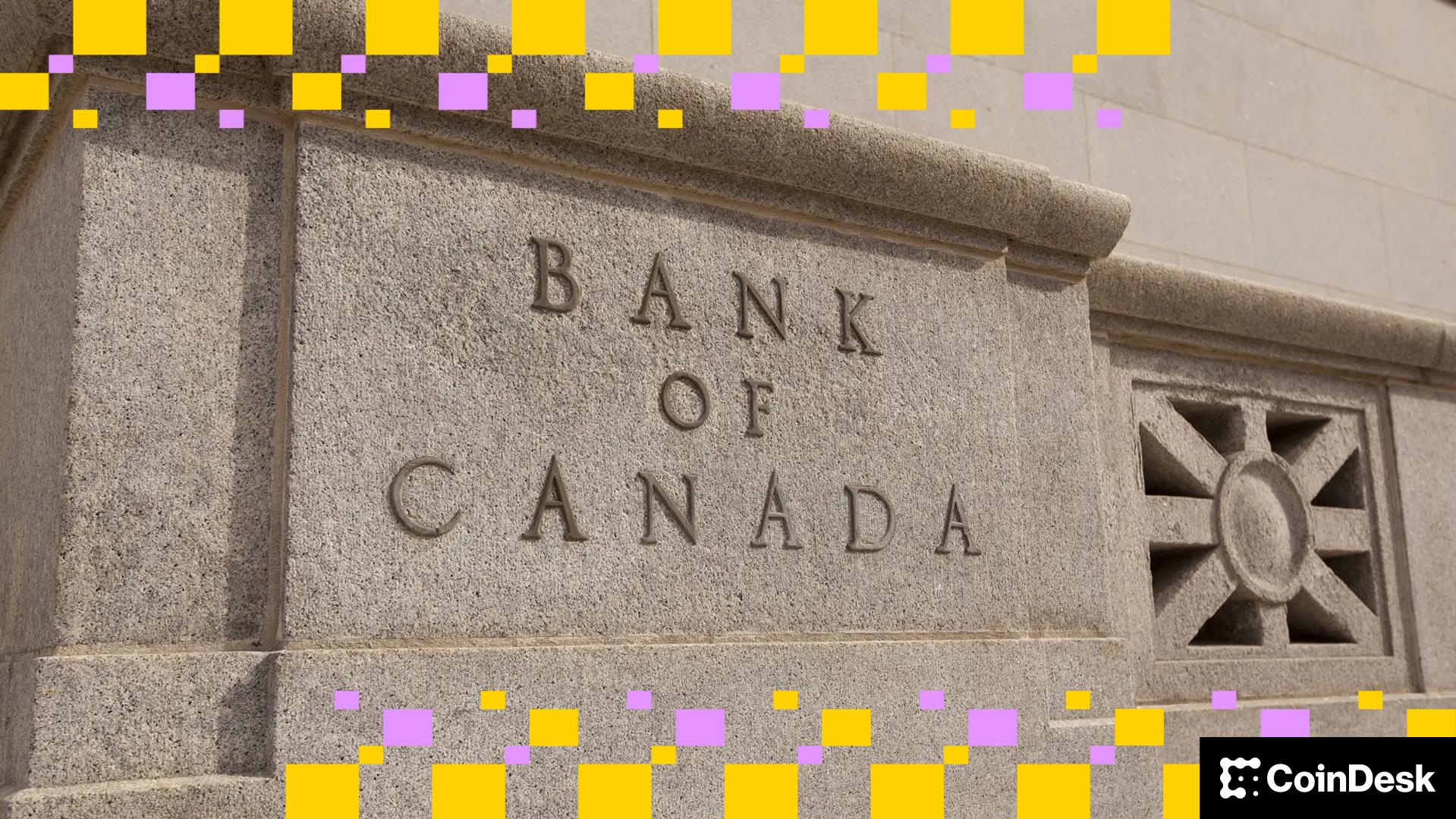Canada’s government managed to pass its federal budget in parliament that would — among many other things — institute a stablecoin policy.
Parliament narrowly passed Prime Minister Mark Carney’s first budget on Monday evening. Deep in the lengthy document is a section that would govern the issuance of stablecoins, overseen by the Bank of Canada. There remain other procedural hurdles for the budget’s specific provisions, but this marked a major win for the new government. In an echo of many of the points from the recent U.S. law regulating issuers of U.S. dollar-backed stablecoins, issuers in Canada must maintain one-to-one reserves “composed exclusively of the reference currency or other high-quality liquid assets,” allow immediate redemptions and meet a suite of requirements on risk management, cybersecurity, disclosures and management in times of failure. The Bank of Canada will supervise and maintain the registry of approved applicants.
The non-bank stablecoin issuers wouldn’t be allowed under this policy to grant “any form of interest or yield in respect of that stablecoin, whether in cash, digital assets or other consideration” to their customers.
The Liberal Prime Minister Carney appeared over the weekend beside Coinbase Canada CEO Lucas Matheson at the Canadian Football League’s championship game, though Matheson contends that the Canadian stablecoin approach could benefit from some changes.
He called it a “step in the right direction” in a Tuesday statement. But he called for an “interim path for CAD-denominated stablecoins to reach the market as soon as possible, and allowing issuers to share yield on stablecoin deposits.”
“These steps would put Canada in a globally competitive position and help maintain the Canadian dollar’s outsized influence worldwide,” Matheson said.
The global stablecoin market is dominated by tokens tied to the value of the U.S. dollar, though other nations and the European Union have sought to increase the presence of their own currencies.
